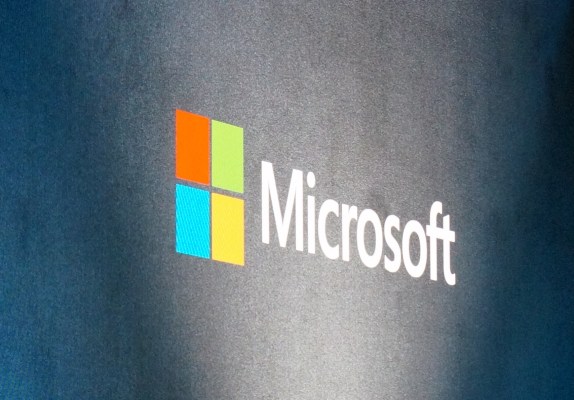For Microsoft, the last year or so has been all about infusing its various products with “intelligence.” Those smarts may come in the form of advanced analytics or deep learning, but the main point here is that the company believes these techniques can solve major pain points for its customers, whether they are PowerPoint users or SQL Server admins. Today, at its Data Amp event, the company is launching a number of updates that make it easier for developers who use Microsoft’s tools to bring “intelligence” to their own apps.
At today’s event, Microsoft is launching updates to the preview of SQL Server 2017 (technically, this is the Community Technology Preview 2.0), which will likely become generally available later this year (no surprise, given its name), as well as its Cognitive Services. SQL Server 2017, it’s worth noting, is also the first version to run on Linux and in Docker containers.
As Microsoft’s Rohan Kumar, the company’s general manager for database systems, told me, the basics of database management have essentially been commoditized now. What users are looking for now is better ways to get value out of the data they are storing. What Microsoft’s partners were telling it was that it was still too hard to build intelligence into applications and that they wanted more of that intelligence to be directly available in the database.
So with today’s update, Microsoft announced that it is building support for Python right into SQL Server 2017. That may sound like a minor thing at first, but the vast majority of machine learning frameworks rely on Python. Making it easier to access Python scripts right from the database means it’s also easier to use machine learning techniques on this data instead of having to first move it out of the database, let it go stale and then try to build machine learning models on it.
Indeed, it’s this idea of bringing data and AI closer together that’s driving many of these decisions. As Joseph Sirosh, Microsoft’s corporate vice president for its Data Group, noted during a small press event in Seattle earlier this month, intelligence should “reside right next to the data. It should reside in databases. It should reside in applications that generate data. So bringing intelligence to our data platforms is an incredibly important part of our strategy.”
The advantage of bringing the intelligence closer to the data is pretty obvious in that you can run applications much faster when there’s less latency involved — and that’s especially true given that the data sets used for machine learning tend to be extremely large.
Besides the added support for Python, Microsoft also is improving its existing support for R — a language that’s extremely popular with data scientists — in SQL Server 2017. And as part of this, the company is adding pre-trained neural networks for sentiment analysis and image featurization right into R Server.
To make SQL Server 2017 more useful for more applications, the company also is adding new features for working with graph data to its database. This, the company says, will make it easier for developers to represent the hierarchies and relationships that already typically exist in these relational databases without having to go to a specialized third-party graph database.
Microsoft Cognitive Services, which makes pre-packaged machine learning models available to developers, also is getting an update today. That’s a minor update, though, and mostly focuses on the launch of the Face API, Computer Vision API and Content Moderator into general availability.
Other updates announced today include the general availability of the Azure Analysis Services and new templates for Cortana Intelligence Services that offer pre-built solutions for quality assurance and personalized offers.
All of these new features, though, are mostly a manifestation of the company’s overall vision to bring data and the intelligence to analyze it closer together.
